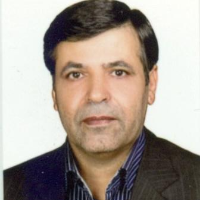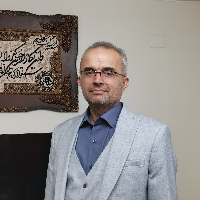فهرست مطالب mohammad sepehri
-
نقش علما و دانشمندان شیعه در تحولات فرهنگی و اجتماعی منطقه قزوینThe role of Shiite scholars and scientists in the cultural and social developments of Qazvin
-
-
-
-
-
-
-
-
-
-
مناسبترین راهبردهای مدیریت صحنه نبرد جنگ الکترونیک نپاجا در برابر تهدیدات آتی در افق چشم انداز 1404The most appropriate strategies for managing the battle scene of Air Defense Electronic warfare against future threats on the horizon of Vision 1404
-
-
-
-
نمایش عناوین بیشتر...
سامانه نویسندگان
اطلاعات نویسنده(گان) توسط ایشان ثبت و تکمیل شدهاست. برای مشاهده مشخصات و فهرست همه مطالب، صفحه رزومه ایشان را ببینید.
بدانید!
- در این صفحه نام مورد نظر در اسامی نویسندگان مقالات جستجو میشود. ممکن است نتایج شامل مطالب نویسندگان هم نام و حتی در رشتههای مختلف باشد.
- همه مقالات ترجمه فارسی یا انگلیسی ندارند پس ممکن است مقالاتی باشند که نام نویسنده مورد نظر شما به صورت معادل فارسی یا انگلیسی آن درج شده باشد. در صفحه جستجوی پیشرفته میتوانید همزمان نام فارسی و انگلیسی نویسنده را درج نمایید.
- در صورتی که میخواهید جستجو را با شرایط متفاوت تکرار کنید به صفحه جستجوی پیشرفته مطالب نشریات مراجعه کنید.



